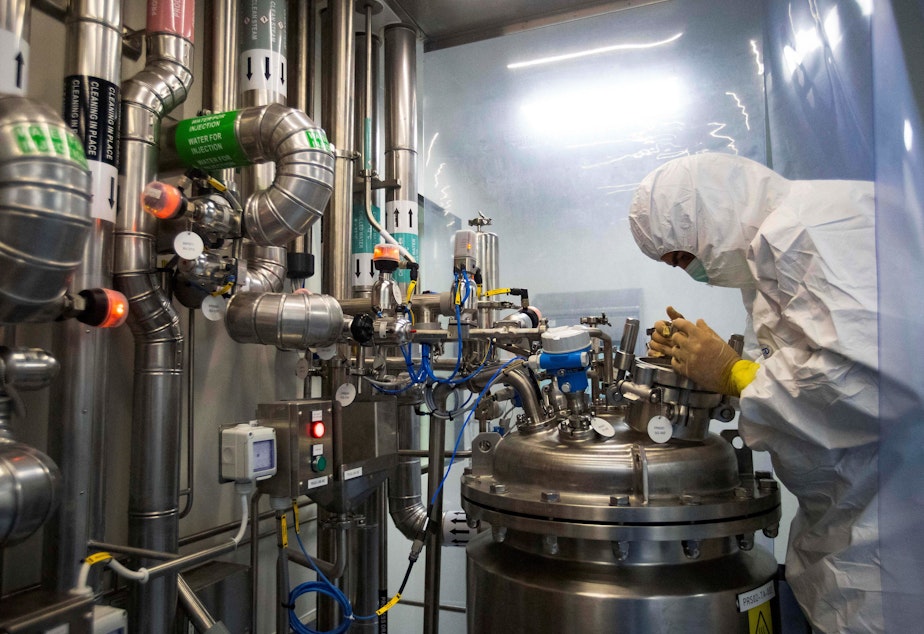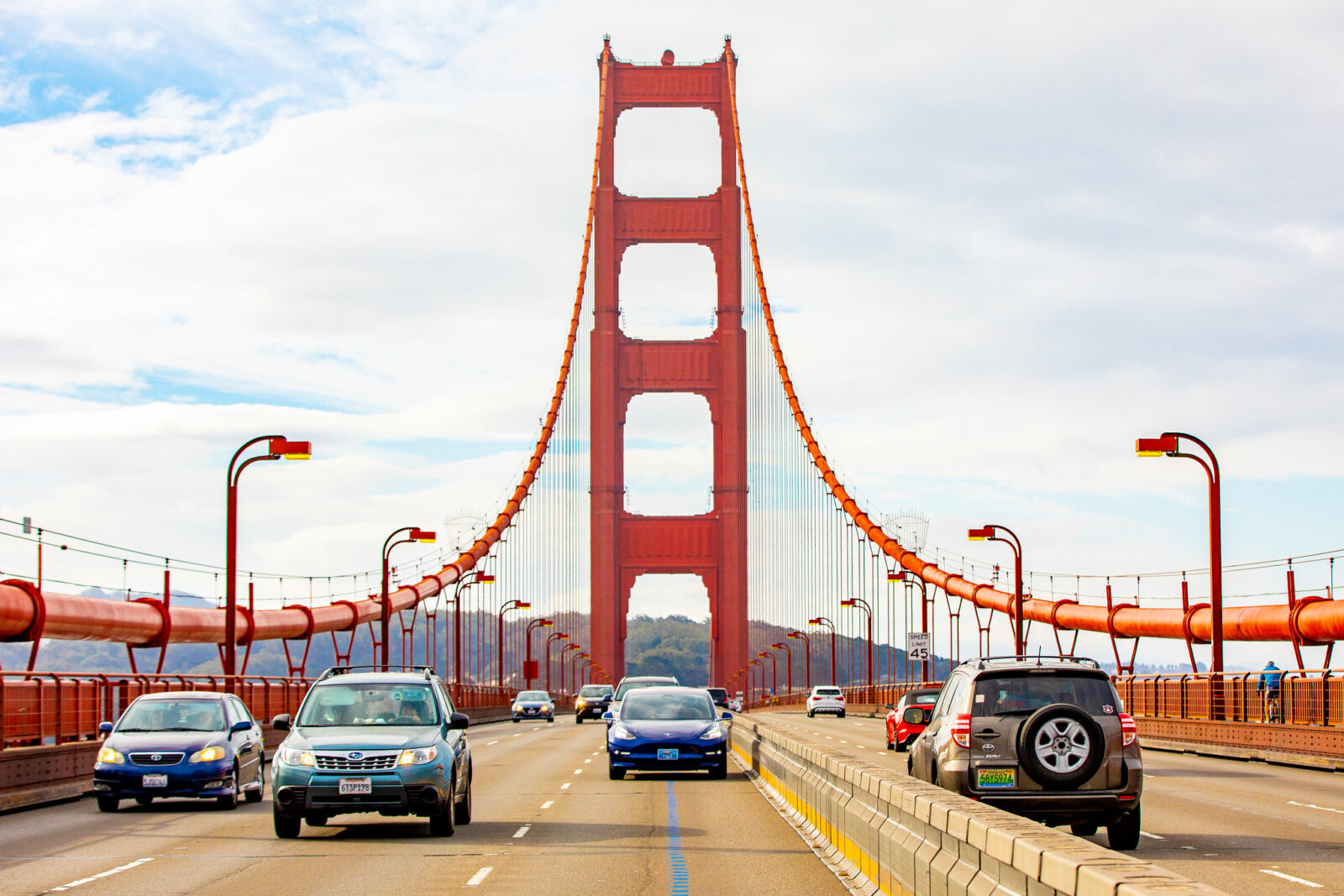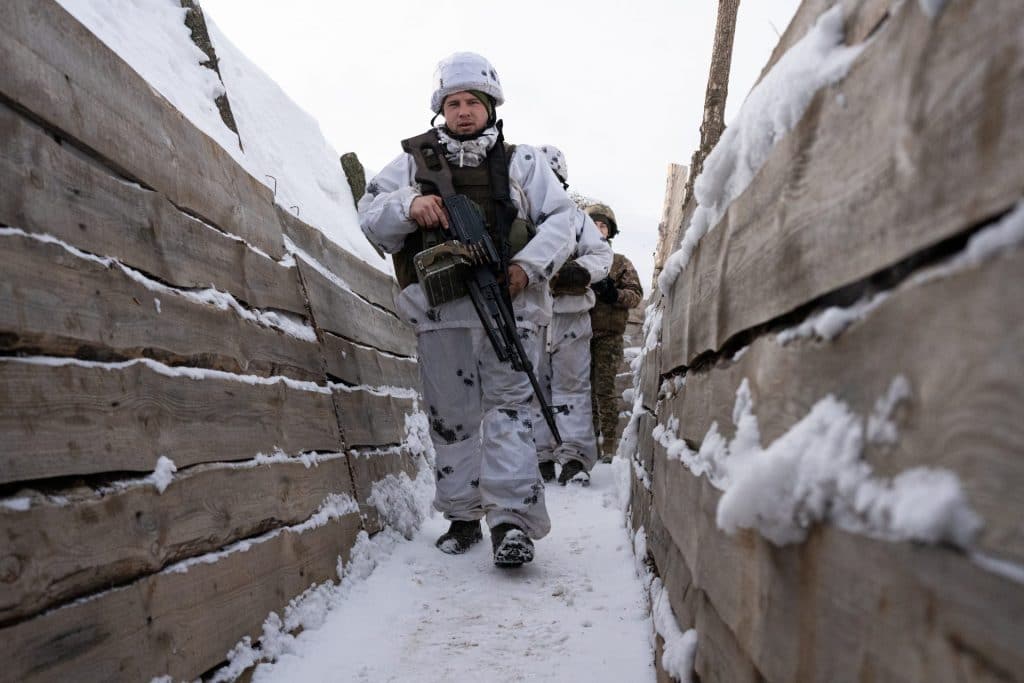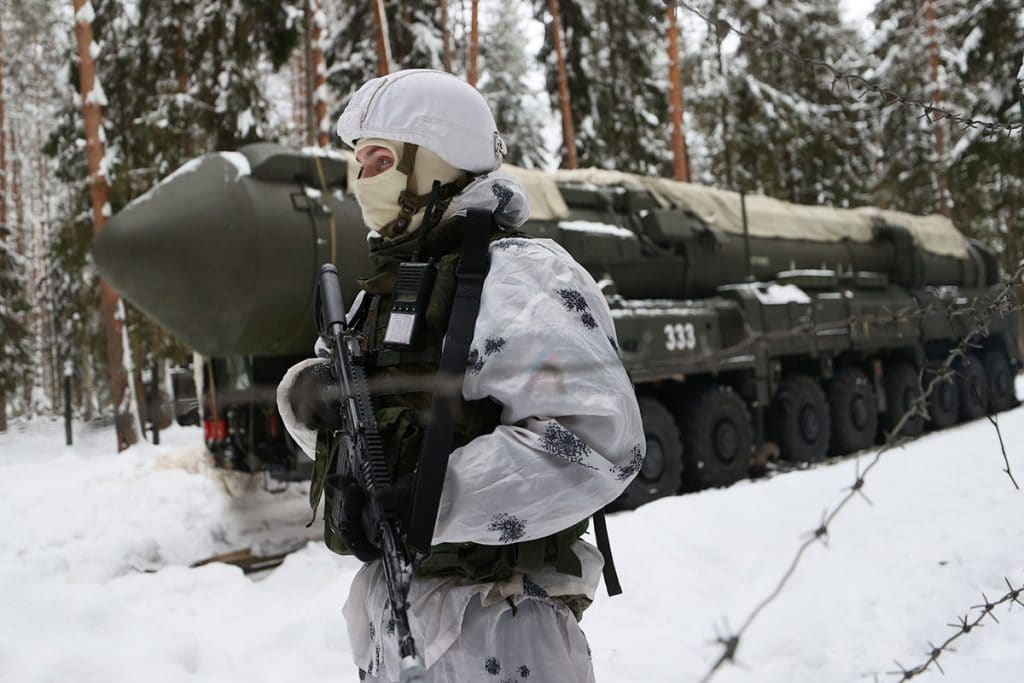As the threat of Russian military aggression against Ukraine intensifies, and with diplomacy yielding little so far, some experts have called for a “new European security architecture.” Others, meanwhile, have argued that there is plenty in the way of an existing security architecture to support peace on the continent—Russia just needs to return to the negotiation table. If the Ukraine scenario feels like a bolt from the blue, it’s because public commentary has provided little contextual fodder for a broader understanding of its origins.
Even more striking, however, is the degree to which coverage and analysis of the crisis has omitted discussion of the Conventional Armed Forces in Europe (CFE) Treaty and its related agreements. The CFE Treaty was explicitly designed over 30 years ago to forestall the scenario of a massive conventional arms buildup on the border of a neighboring treaty member—as is now happening, with the Russian Federation massing forces on Ukraine’s eastern border. The CFE Treaty remains in force today, providing for advance notification of significant troop movements and prohibiting the buildup of destabilizing armaments “from the Atlantic to the Urals.” The United States and 28 European countries continue to adhere, despite Russia’s withdrawal over a decade ago.
Russia’s withdrawal from the treaty is an important part of the story of how we arrived at this moment. But the entire story is larger; it involves the gradual dismemberment of a group of interlocked agreements that, together, constituted a European security architecture that worked reasonably well—until some of the countries involved decided it was not working and began to withdraw from pieces of the architecture over the last 15 years or so. Eventually these withdrawals—often the result of Russia’s discontent—undermined that security architecture in its entirety.
Not only do arms control treaties offer rich histories and storied narratives, but the life of an arms control treaty also often tells a story itself. SALT I, for example, tells the story of US-Soviet détente and the nuclear reductions that constituted an incredible and hard-won diplomatic and security breakthrough. The Joint Comprehensive Plan of Action (JCPOA) tells the story of an emergent and serious problem of nuclear breakout 50-plus years after the advent of a once-emerging technology, and how that prospective breakout challenges an international regime viewed as privileging the already privileged, the nuclear-haves versus the nuclear-have-nots.
Arms control systems are composed of treaties and regimes that are generally nested within a broader security architecture. In Europe, the CFE Treaty, Vienna Document, and Open Skies Treaty implemented objectives for the broader security architecture covering the countries participating in the Organization for Security and Cooperation in Europe (OSCE). Calls today for a new security architecture therefore necessarily implicate arms control and should be examined in this context.
Following a backbreaking 16 years of failed negotiations (for the Mutual and Balance Force Reductions Treaty), the CFE Treaty was signed in Paris on November 19, 1990, amid the fall of the Soviet Union and the collapse of the post-World War II security order in Europe. Agreement on the treaty’s terms arrived with a groundswell of goodwill and optimism. The treaty represented a generational opportunity to establish a new architecture on the continent by placing identical limits on conventional armaments on the territory of NATO and Warsaw Pact member states. It established a secure and stable balance of conventional forces in Europe at dramatically lower levels in five categories of equipment: tanks, armored combat vehicles, artillery, attack helicopters, and combat aircraft.
The CFE Treaty’s Joint Consultative Group was established as a forum to resolve ambiguities in its interpretation and consider ways to enhance its effectiveness, among other aims. The group, composed of delegations from the 30 parties to the Treaty, met on a weekly basis for nearly two decades. Other pillars of this arms control system and the broader security architecture both preceded and followed. The OSCE, which grew out of the 1975 Conference on Security and Cooperation in Europe (CSCE), sought to establish an “inclusive, values-based forum, with equal buy-in from all participating states, for pan-European security in the broadest sense,” including Russia, given that NATO was a collective defense alliance that “presume[s] a specific potential adversary.”
Apart from the CFE, other important elements of the European security architecture from this period include the Vienna Document on Confidence and Security-Building Measures, signed in 1990 and revised most recently in 2011, which requires each OSCE member to submit an annual report on “the structure, size, equipment, and rough disposition of its conventional armed forces, as well as its exercises, deployments, and other military activities that result in the movement of large numbers of troops.” Many OSCE states voluntarily reduced their armed forces significantly after the war in the Balkans to levels well below those originally stipulated by the Vienna Document. In effect, the Vienna Document’s application to situations in which forces exceed 13,000 troops, 300 tanks, 500 armored combat vehicles, or 250 pieces of artillery became obsolete. Nevertheless, the Vienna Document, is actively maintained via weekly meetings at the OSCE and has provided much-desired transparency across the continent for decades. Curiously, Russia has just this week temporarily suspended its implementation of the Vienna Document, citing COVID reasons.
The Open Skies Treaty, another pillar of the arms control system from this period, was signed in 1992 and came into force in 2002. It aimed to raise confidence among its participants by facilitating aerial surveillance flights manned by teams from both the flying state and the observed state. While the treaty had 34 party states, both the United States and Russia withdrew in 2020 and 2021 respectively after the Trump administration accused Russia of repeated violations. The Open Skies Consultative Commission (OSCC), which implements the treaty, is a related body of the Organization for Security and Cooperation in Europe and regularly meets at its headquarters
Seven years after the original CFE Treaty entered into force, in 1999, members negotiated the Adapted Conventional Armed Forces in Europe Treaty at the Istanbul Summit to ditch the outdated NATO/Warsaw Pact distinction and replace the alliance-based ceilings with national ceilings for each participating state. The Adapted CFE Treaty also offered mechanisms for countries to grant or withhold consent for the stationing of forces on their territory, as well as increased transparency through reciprocal inspections and data exchanges. Belarus, Ukraine, Kazakhstan, and Russia all ratified the Adapted CFE Treaty.
However, in what would eventually lead to the treaty’s (and ultimately the security architecture’s) unraveling, NATO members made their ratification of the Adapted CFE Treaty contingent on Russia’s fulfillment of the so-called Istanbul commitments, which had been negotiated at the same summit. The Istanbul commitments required Russia to end its military deployments in Moldova and Georgia. After Putin came into power, Russia resisted implementing the Istanbul commitments, signed by his predecessor, Boris Yeltsin. Putin rejected the notion that a treaty provision could dictate where Russia could move troops around within its own territory. This was a major turning point in the narrative of the conventional security architecture in Europe, setting the stage for a series of changes that led to the current crisis on Ukraine’s border:
- In July 2007, Russia suspended its implementation of the CFE treaty, ostensibly over objection to the insistence of members of NATO that ratification of the Adapted CFE Treaty was linked to Russia’s implementation of the Istanbul Commitments. Thereafter, Russia refused to provide data on its military forces or to allow inspections on Russian bases/military sites. After the United States unilaterally withdrew from the Anti-Ballistic Missile Treaty in 2002, Russia was, by 2006, seeking sought major revisions to the Intermediate-range Nuclear Forces Treaty. Both treaties were keystones to Russia’s national defense posture. The aftermath of the Kosovo conflict, especially Moscow’s annoyance with how the United States interpreted the UN Security Council resolution on ending that conflict, also undermined Russia’s confidence that its national interests (including its historical relationships, particularly in regard to Serbia) were being respected by Russia’s US and NATO partners.
- In November 2007, Russian President Vladimir Putin stated: “The (CFE) treaty no longer meets military and political realities in Europe and therefore does not duly protect the Russian Federation’s security interests.”
- In April 2008, at the NATO-Russia Council meeting, Putin said “there is no legal link” between the Adapted CFE Treaty and Russia’s Istanbul commitments to withdraw troops from Moldova and Georgia and warned that “the crisis surrounding the CFE Treaty” was one of the “serious obstacles” to constructive NATO-Russia relations. At that time, in fact, Russia was already in violation of its commitments in Moldova, where it had insisted on keeping a Commonwealth of Independent States “peacekeeping” forces in the disputed Transdniestria region (internationally recognized as part of Moldova, situated on the Moldovan-Ukrainian border). But the Kremlin insisted that this had no bearing on its compliance with and implementation of the CFE Treaty.
- In August 2008, under President Medvedev, Russian troops occupied Georgian territory, effectively annexing Abkhazia and South Ossetia, internationally recognized as part of the Republic of Georgia.
Despite these revisionist actions, Russia continued to participate in the CFE Treaty’s Joint Consultative Group until 2015, although the United States announced in 2011 that it would stop carrying out certain obligations under the treaty with respect to Russia (such as hosting Russian inspections on US military bases in Europe) in response to Russia’s actions in Abkhazia and South Ossetia.
Finally, in March 2014, Moscow invaded and annexed the Ukrainian territory of Crimea and supported secessionists in the Donbas region in the southeast of that country. Russia’s violation of Ukraine’s territorial integrity brought security relations between the West and Russia to a new post-Cold War low. On March 15, 2015, Russia declared it would “completely halt” its participation in the CFE Treaty because of the members of NATO-had refused to ratify the Adapted CFE Treaty. By this point, the declaration was moot: Russia had long ceased to observe its own obligations under the treaty.
What then does the story of the CFE Treaty teach us about the current crisis?
First, the CFE Treaty was a landmark “hard” arms control agreement—with legally binding provisions limiting the quantity of armaments as well as troop levels. The treaty was implemented simultaneously with politically-binding “soft” confidence and security-building measures under the Vienna Document as well as the legally binding Open Skies Treaty. These three instruments were designed to support each other, working in concert to address unique security issues while complementing each other. The CFE Treaty met and exceeded its mandate for parties to reduce the quantity of military hardware on the European continent, with over 50,000 pieces of equipment destroyed or put out of service under the agreement. The OSCE countries conducted thousands of visits to inspect and verify military units under Vienna Document. As of 2019, over 1,500 observation flights were conducted among the 34 parties to the Open Skies Treaty. In combination, these three agreements were highly successful in contributing to a security framework within Europe for nearly two decades. Notably, the implementation of each agreement was monitored and managed by a consultative body composed of its respective memberships. All three bodies met on a regular basis on the premises of the OSCE and were staffed by permanent delegates to the OSCE. Even today, battered and bruised, the “CFE Treaty remains the only legally binding instrument in the field of arms control in the OSCE area.”
Another interesting aspect of the CFE Treaty is that the Organization for Security and Cooperation in Europe evolved around it, redefining its priorities for security on the continent and remaining the hub through which treaty-related transparency and information flowed. During its own evolution and modernization, the OSCE broadened its ambit to include a focus on free and fair elections for its member states, which would come to irk the Russians, as well as issues such as terrorism and the defense of minority rights. These new areas of focus were part of an effort to maintain the OSCE’s relevance in a security environment that had changed considerably with the collapse of the Soviet Union.
While the agreements’ consultative groups attempted to adapt the agreements to the changing security dynamics in Europe, they may have enabled the CFE treaty to live on well past the security threat it was originally designed to mitigate. At its origin, the CFE Treaty provided for lower ceilings on military hardware in individual regions, including so-called flank ceilings designed to limit Russian stockpiles in the north and south of the treaty territory. By 1995, members states were all well below treaty limits. Technology had evolved or there was believed to be a sufficiently peaceful balance of forces. In a sense, the architecture outlived the arms control regime—though the faltering regime was a sign of what was to come. Moreover, perhaps the Vienna Document and the Open Skies Treaty surpassed the CFE Treaty itself in meaningful contributions to the contemporary security of member states.
Despite all this institutional evolution, the treaty and its broader regime have needed a more thorough modernization as the need for information and transparency has eclipsed the need for tank, artillery, and other military equipment ceilings. Yet this process has faltered. As the Bonn International Center for Conflict studies put it: “Germany has been arguing for some time for the idea of replacing a system of territorial ‘ceilings’ on weapons and troop levels with an arrangement for ‘verifiable transparency’ in military affairs. But, in recent years, neither Russia nor the United States has shown much interest in reviving the conventional arms control process in Europe.” By 2011, we could say that prior efforts at the modernization and adaptation of this novel and innovative regime/arms control system had faltered, but that, curiously, the OSCE and NATO lived on, evolving and adapting their missions to respond to the emergent threats.
Not for lack of effort, the CFE crisis has remained unresolved for a truly shocking length of time. These authors can think of no other arms control treaty and few other international crises that have endured so long. The broader lesson here is likely that when arms control issues cannot be resolved over an extended period, the problem is a broader security (architecture) one—not an arms control one. As such, the current crisis carries in its wake the cousin crisis of the collapse of the arms control systems writ large – we don’t have the security architecture or security environment to meaningfully use arms control treaties for security improvements right now. Indeed recent Russian draft agreements have amounted to proposals to reconfigure entirely the European security architecture, while NATO/US responses consist of provisions that would enhance transparency and stability on the continent in large measure via arms control confidence-building measures.
Now, to say that the decaying conventional arms control regime somehow permitted Russian behavior or that Russia wouldn’t have mounted aggressive actions to annex disputed regions on the continent had it stayed party to the CFE Treaty would be deeply incorrect. It’s highly unlikely that today’s crisis, which could see Russia attack Ukraine if NATO does not say it will not allow Ukraine join the alliance, would have been prevented by the CFE Treaty had Russia continued to adhere. While any attempt at imagining an alternative history (counterfactual) is fraught with risk, it is fair to ask whether the slow dismantlement of an entire arms control system, in which the CFE Treaty was a major pillar, helped to make it possible for the eventual erosion of the broader European security architecture.
A dismal conclusion
So, what does the conventional arms control version of the current crisis with Ukraine reveal? The pressing need for a new security architecture? A glitch in the arc of progress of the liberal order? Is this story one of an arms control treaty’s protracted failure? Or its useless endurance?
We believe this is the story of the slow and arduous dismantlement of an entire arms control system, nested within the broader security architecture, to serve the national objectives of one treaty partner to the exclusion of all others, and that arms control agreements, no matter how robust, require the political will of all involved to remain relevant. In the early 2000s, the Russian Federation increasingly viewed the CFE Treaty as a speed bump preventing it from enacting national priorities—it no longer wanted such constraints to interfere with its strategic objectives.
While it is impossible to know if the arms control system’s endurance would have prevented Russia’s aggression (again: highly unlikely), and the resentment toward NATO that provoked it (the flimsy rationale), the only outcome we could certainly expect from the erosion of this conventional arms control system is the dismantlement of the broader security architecture we are experiencing today. It is the inevitable endpoint on the trend line. The endgame of Putin’s actions remains to be seen. However, what is certain is that the dismantlement of the European security architecture will be a dismal consequence. In this context, calls for a new conventional arms control treaty to highlight the urgent need for renewal and stability in the region appear, unfortunately, as nonstarters: The world has never been further from an arms control solution or CFE renewal than at this moment in time.
Acknowledgements: The authors wish to thank anonymous former officials for their thoughtful comments on an earlier draft of this article.










